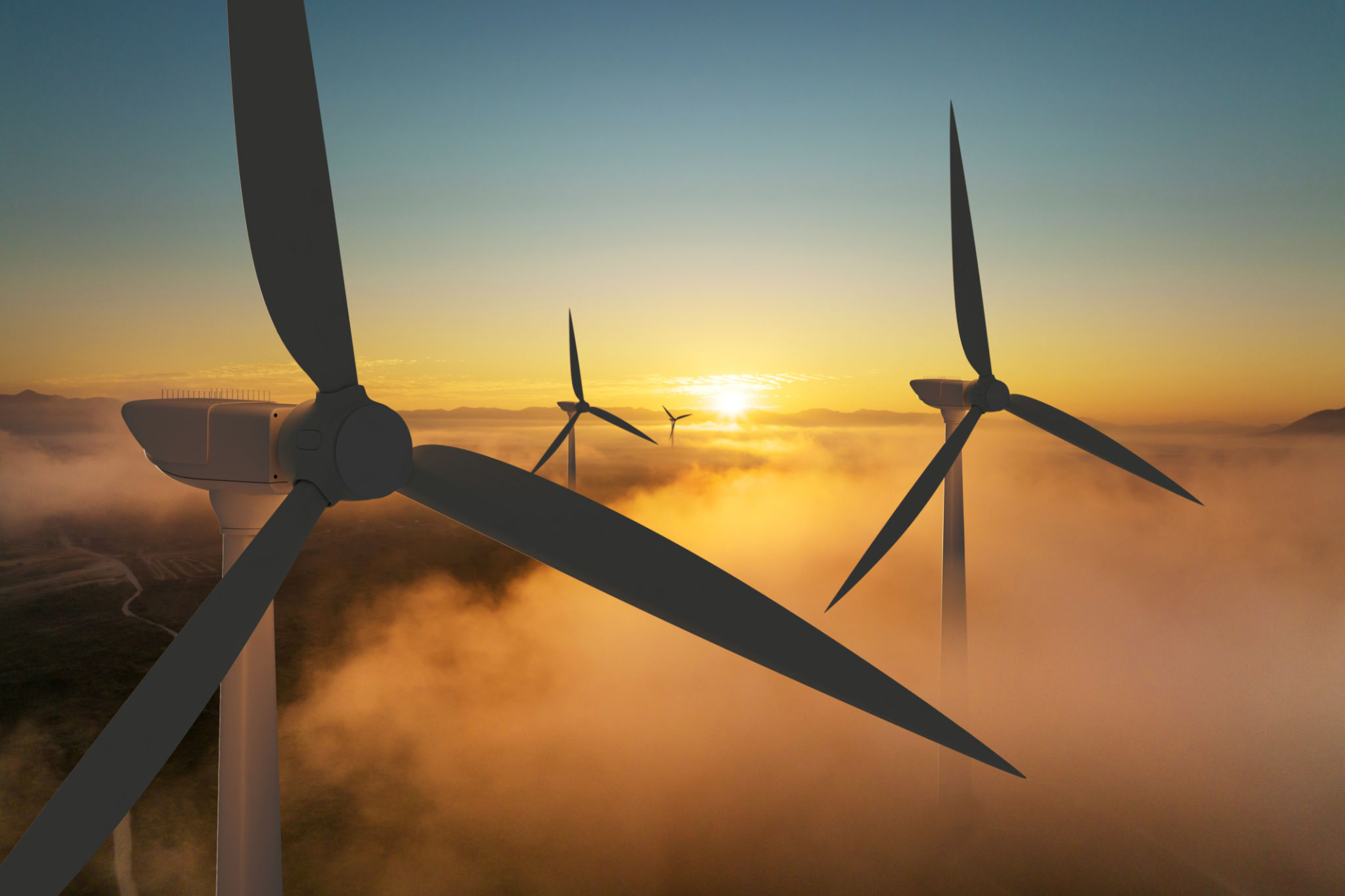The Future of Renewable Energy: Trends Impacting Baltimore's Energy Landscape
Ki
The Rise of Renewable Energy in Baltimore
The future of renewable energy in Baltimore is shaping up to be both promising and transformative. As the city strives to reduce its carbon footprint and transition to more sustainable energy sources, several key trends are emerging. These trends are not only impacting how energy is produced and consumed but also how businesses and residents are adapting to a greener lifestyle.
Baltimore's commitment to renewable energy is evident in its ambitious goals. The city has set a target to achieve 100% clean energy by 2040. This commitment is driving significant investments in renewable technologies, with solar and wind energy at the forefront of this transformation.

Advancements in Solar Technology
Solar power has become a cornerstone of Baltimore's renewable energy strategy. The city is seeing an increase in the installation of solar panels on rooftops, in both residential and commercial sectors. Advances in solar technology have made it more affordable and efficient, leading to a greater adoption rate among Baltimore residents.
One key trend is the development of community solar projects, which allow multiple households or businesses to share the benefits of a single solar installation. This model makes solar energy accessible to those who may not have the means to install their own systems, thus democratizing access to renewable energy.
Incentives and Policies Driving Solar Adoption
Local incentives and policies are playing a crucial role in encouraging the adoption of solar energy. Tax credits, rebates, and net metering programs are making it financially viable for more people to switch to solar power. These initiatives are expected to continue driving growth in the solar sector, making it a key player in Baltimore's renewable energy landscape.

Wind Energy: Harnessing the Power of Nature
Wind energy is another critical component of Baltimore's renewable energy future. The city's proximity to the coast provides an excellent opportunity for harnessing offshore wind power. Recent developments in wind turbine technology have increased the efficiency and capacity of wind farms, making it an increasingly attractive option for clean energy production.
Baltimore is poised to benefit from several large-scale offshore wind projects currently in the planning and development stages. These projects are expected to create jobs, stimulate economic growth, and significantly contribute to the city's clean energy goals.
Challenges and Opportunities in Wind Energy
While the potential for wind energy is vast, there are challenges to consider. Regulatory hurdles, environmental concerns, and community opposition can impact project timelines and success. However, with careful planning and stakeholder engagement, these challenges can be addressed, paving the way for a robust wind energy sector in Baltimore.

Integrating Renewable Energy into Daily Life
The integration of renewable energy into everyday life is becoming more seamless as technologies evolve. Electric vehicles (EVs) are a prime example of this trend. Baltimore is seeing a rise in EV adoption, supported by expanding charging infrastructure and incentives that make owning an electric car more appealing.
As more residents and businesses embrace EVs, there is a growing demand for renewable energy sources to power these vehicles. This shift not only reduces reliance on fossil fuels but also contributes to cleaner air and improved public health in the city.
The Role of Smart Grids
Smart grid technology is playing a vital role in managing Baltimore's transition to renewable energy. By optimizing energy distribution and consumption, smart grids ensure that renewable sources are used efficiently, reducing waste and improving reliability. This technology also enables better integration of distributed energy resources, such as rooftop solar panels and battery storage systems.